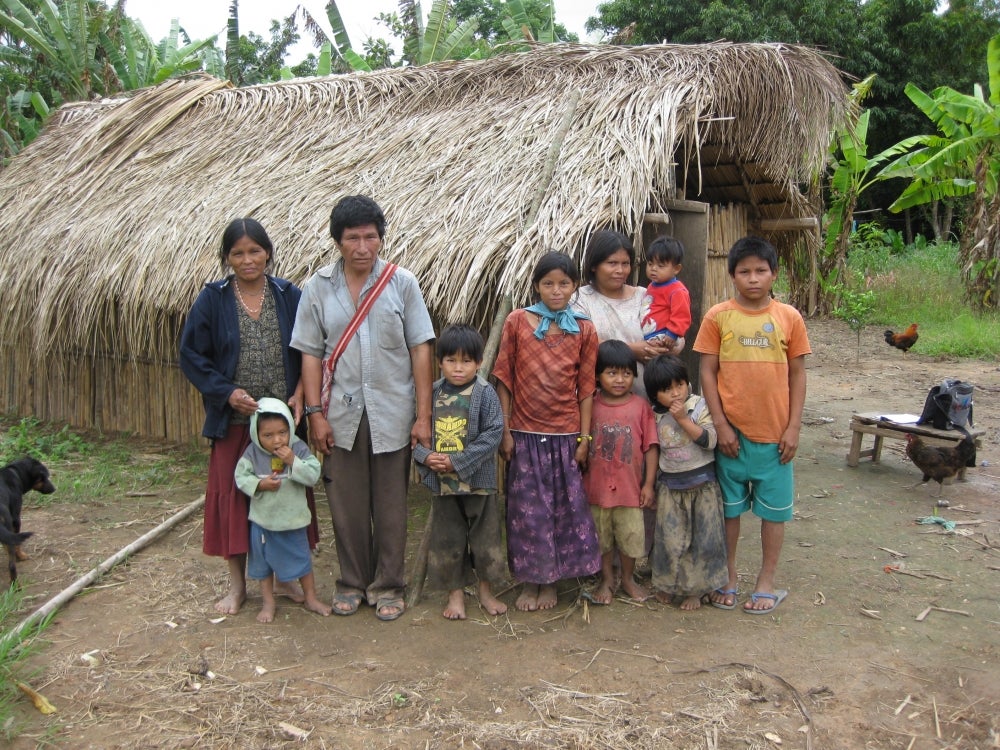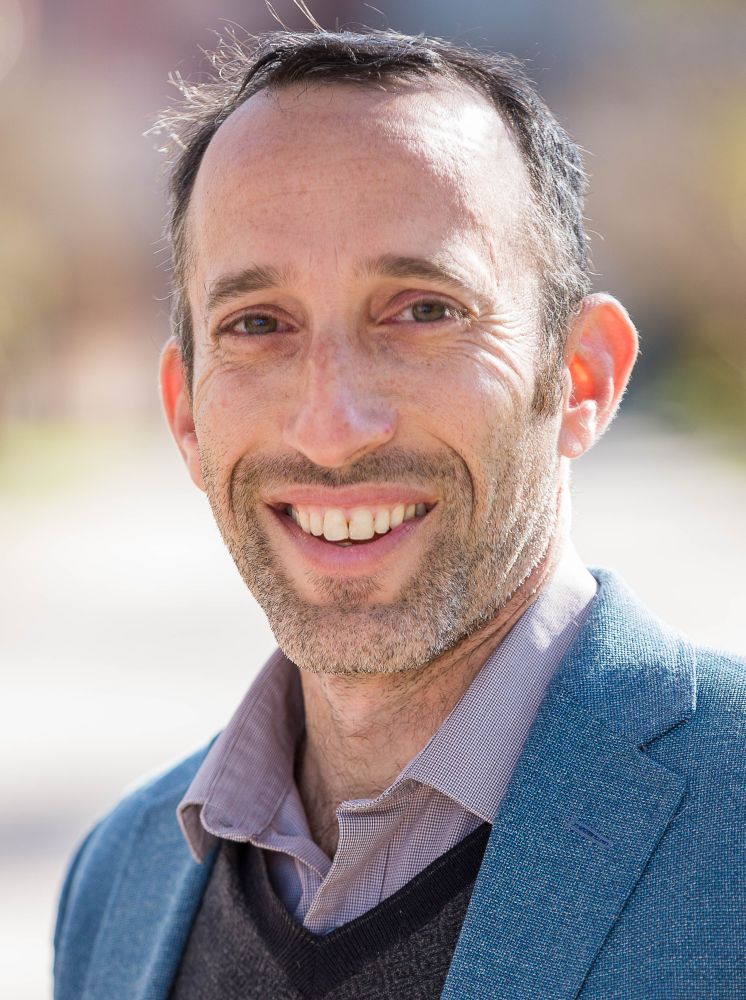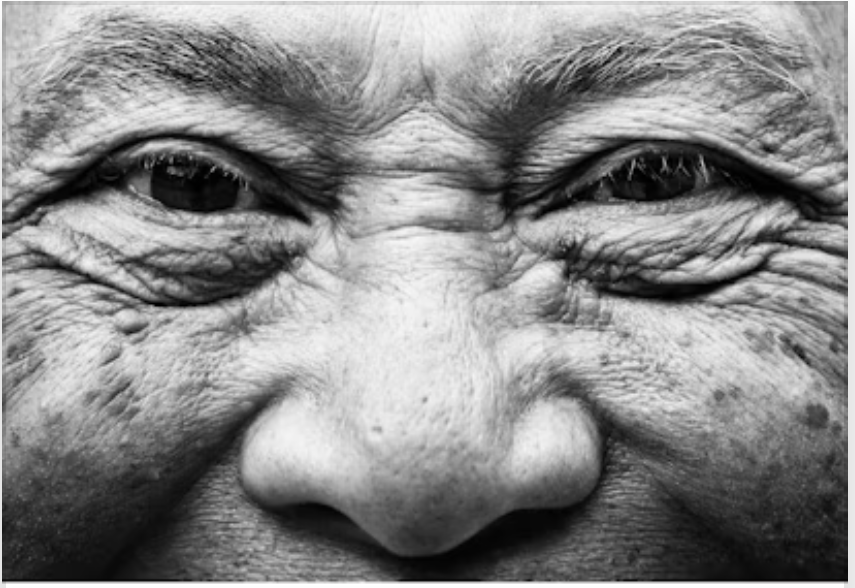
The Health Gap

The gap between rich and poor has been increasing in the United States for decades. Such inequality, experts argue, is detrimental to everyone’s health. It erodes social cohesion and creates stress and insecurity that can lead to greater risk-taking.
In many countries this economic inequality takes its toll on health and wellness. But is the association limited to industrialized nations with high inequality, where health is largely impacted by chronic, non-communicable maladies like heart disease, diabetes and cancer?
In a paper published in the science journal eLife, a team of researchers at UC Santa Barbara, Washington State University and the University of Zurich studied the relationship between economic inequality and health among the Tsimane, an indigenous population of relatively egalitarian forager-horticulturalists in the Bolivian Amazon.
The Tsimane live in small, remote villages of 50 to 500 people. Villages have few leaders, and even those have limited authority. Their active livelihood — based on farming, fishing, hunting and gathering — allows groups of families to largely provide their own subsistence. But recent decades have seen rapid changes. Many Tsimane now sell crops or timber or are involved in wage labor. And as cash flow increases, so does economic inequality. “Across villages, inequality ranges from low — think Denmark — to high — think Brazil,” said senior author Michael Gurven, a professor of anthropology at UC Santa Barbara, director of the campus’s Integrative Anthropological Sciences Unit and co-director of the Tsimane Health and Life History Project.
For the study highlighted in eLife, the researchers tracked 13 measures of health and wellbeing over a period of up to a decade across 40 Tsimane communities. They assessed whether and how the degree of income inequality in each community associated with any of their health measures. While it has been proposed that the effects of inequality on health may be universal, only two significant health impacts stood out: higher blood pressure and respiratory disease.
For several health variables, including body mass index, gastrointestinal disorders and depression, the researchers found no clear connection to economic disparity. However, in communities where inequality was high, many had higher blood pressure, regardless of whether they were at the top or the bottom of the economic ladder as compared to their peers in communities that were less stratified. Blood pressure was highest among poor Tsimane men, no matter where they lived — though hypertension is still rare among most adults.
The study was conducted before the coronavirus pandemic, so COVID-19 impacts were not included, but the researchers found that greater inequality was also associated with a higher risk of respiratory illness such as influenza and pneumonia. The authors are unsure what the exact mechanisms for that connection might be, but they note that the effect isn’t due to psychological stress. “It’s worth understanding because respiratory disease is the most important cause of morbidity and mortality among the Tsimane,” said Gurven.
Overall, however, inequality had inconsistent effects on other health measures. “The connection between inequality and health is not as straightforward as what you typically see in the industrialized West,” said co-lead author Aaron Blackwell, an associate professor of anthropology at Washington State University. “Our findings suggest that at this scale, inequality is not at the level that causes systemic health problems.”
Added Gurven, “What matters more is your own income and access to resources. All those changes sweeping across the Tsimane territory are leading to rapid growth in inequality. Those living near roads or a short canoe ride to town are seeing more bling. But while running the status treadmill increases stress, Tsimane are still physically active, don’t have McDonalds, and they’re intensely social. Heart disease and diabetes are rare.”
These conditions, he commented, buffer Tsimane from the more harmful effects observed elsewhere.
“If you feel like you’re worse off than others, that’s stressful,” said co-lead author Adrian Jaeggi of the University of Zurich. “In Western countries, that feeling is associated with poor health — including high blood pressure, cardiovascular problems and infectious disease, as COVID-19 has shown. In the Tsimane communities the effects of living in a more equal community are less universal.
Blackwell and Jaeggi began this research project with Gurven while working as postdoctoral scholars at UC Santa Barbara. They harnessed many different types of data collected by the Tsimane Health and Life History project to make the most comprehensive test to date of the inequality-health hypothesis in a subsistence society.
“I think this study tells us that there are some seeds of why inequality is bad for us, even in relatively egalitarian societies without huge economic differences,” said Blackwell.
“With rising media exposure and greater access to richer neighboring populations, Tsimane perceptions of their own status may soon change — possibly for the worse,” noted Gurven. “Comparing themselves to neighboring groups might shift their idea of wealth to include fancy clothes, motorcycles and bundles of cash to spend.
“If the healthy Tsimane lifestyle changes at the same time as the growing gap between the haves and the have-nots,” he added, “the harmful effects of inequality will be a problem.”



